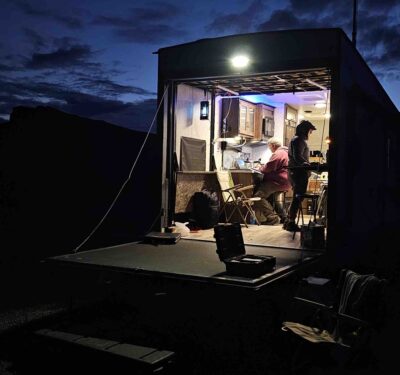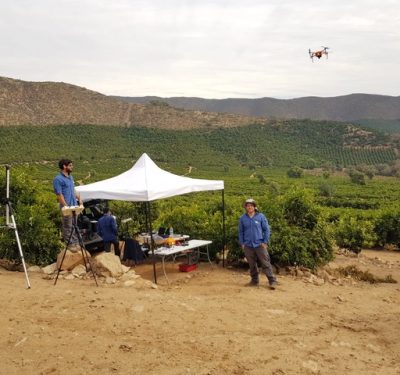On May 6, the defense company Anduril Industries revealed it had secretly developed a family of AI-enhanced electronic warfare systems called Pulsar already in operational use on multiple continents for —including two combat zones and with clients including the U.S. military.
At an online symposium, Anduril CSO Christian Brose stated it had been deployed “for years” in “multiple areas of responsibility” (AORs, or regional commands) and “across all domains”, which implies deployment on air and sea-based vehicles, ground vehicles and ground stations for installation security operations.
Electrical engineering chief Samuel El-Akkad added that the systems are in production. “We’re pumping them out and they’re being used.”
Pulsar is described as leveraging AI to recognize and adapt to never-before-seen threats, a traditional Achilles heel of AI. Like the Borg in Star Trek, it’s intended to rapidly identify and analyze unfamiliar threats (anomalous signals) and harness AI to rapidly devise a countermeasure. The resulting new threat data and countermeasures are then distributed across the network of Pulsar systems.
The ‘basic’ Pulsar platform is a tripod-mounted tower station with four trapezoidal antennas arrayed to provide 360-degree coverage.
Another variant called Pulsar-V involves an octagonal pod designed for mounting on ground- and sea-based vehicles, both manned and unmanned. It’s depicted mounted on a jeep-like vehicle and advertised as ideal for jamming cell-phone activated IEDs, as well as general ground-based force protection and electronic attack roles.
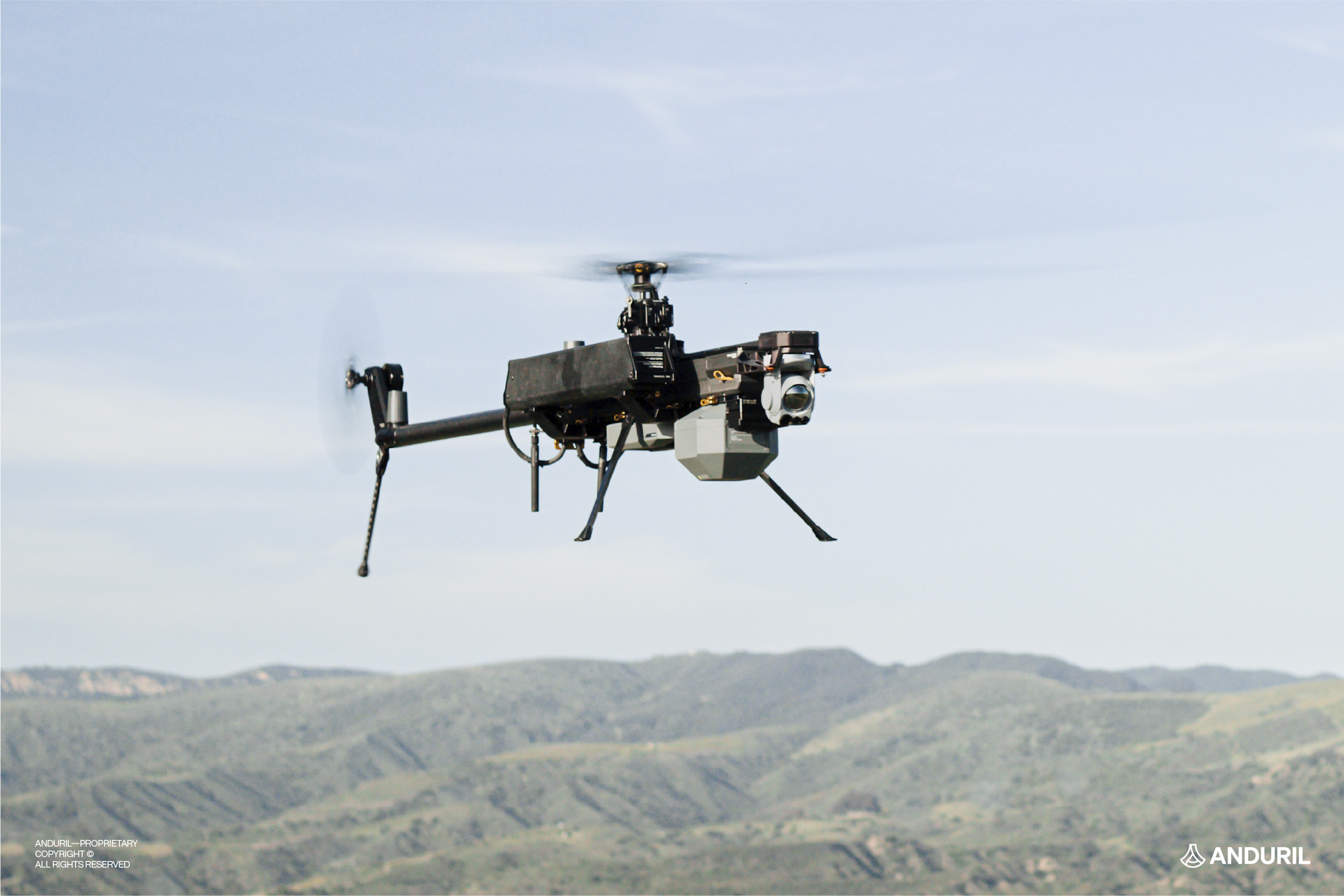
Finally, Pulsar-A is an aerial variant, depicted in promotional artwork as mounted under Anduril’s rail-like Ghost-X drone (detailed in IUS’s April/May issue). Suggested missions for Pulsar-A include use as a decoy, and locating and mapping the position of enemy emitters (radios, radars, jammers etc.)
“The system itself is built on four modular pieces,” El-Akkad explained. “We build them up as Lego blocks in different form factors to meet the mission requirement. So the fixed site is going to have a tripod, power supply, large power amplifiers, and very big directional antennas. An airborne install is much smaller, much lighter, smaller antennas, possibly a blade antenna. The infrastructure around it differs, but core capability, the brain, is the same.”
Brose also stated a ‘man pack’ portable variant of Pulsar (with potential appeal to airborne and special forces units) was on the roadmap and had started development.
Four years in the making
A relative newcomer founded in 2017, Anduril has always styled itself as a company that brings an ‘agile’ Silicon Valley-style ethos to the usually slow-moving defense industrial sector. Its pitch for Pulsar is in line with that branding with an emphasis on software-defined capabilities and AI.
Brose explained that Pulsar’s development four years ago based on Anduril’s early experiences fielding counter-drone (C-UAS) capabilities operationally.
“We saw that electronic warfare (EW) systems based on library-based approach assumed that we know threat emissions in advance—what to look for, and where on the spectrum. But it became clear those threats are metastasizing, we won’t always have that level of a priori knowledge. And the systems we saw on the market worked on incredibly long and slow timelines to detect something new, analyze it, build countermeasures and detection capabilities for it—in many cases timelines measured not in months but in years. That’s clearly not in line with needs seen in Middle East, Ukraine and other environments.”
Pulsar was developed purely with internal funding, though Anduril later received “small amounts” of government funding for mission software. According to Brose, Anduril sought to leverage software-defined systems and advanced commercial 5G tech to create a modular, small form-factor military EW system “…capable of analyzing in real-time a far larger swathe of EW spectrum than anything else on the market using machine-learning techniques to characterize that spectrum, identify anomalous/suspicious activities, figure out what those threats are, build detection and mitigation capabilities, and get those capabilities deployed back onto Pulsar in a matter of hours or days or weeks.”
El-Akkad adds “There are many channels built-in so we can do many different missions simultaneously. Electronic-countermeasures (ECMs), C-UAS, Electronic Support [ESM, or electromagnetic reconnaissance], Electronic Attack [jamming], direction-finding and geo-location. It can also serve as a communication system anywhere on the spectrum.”
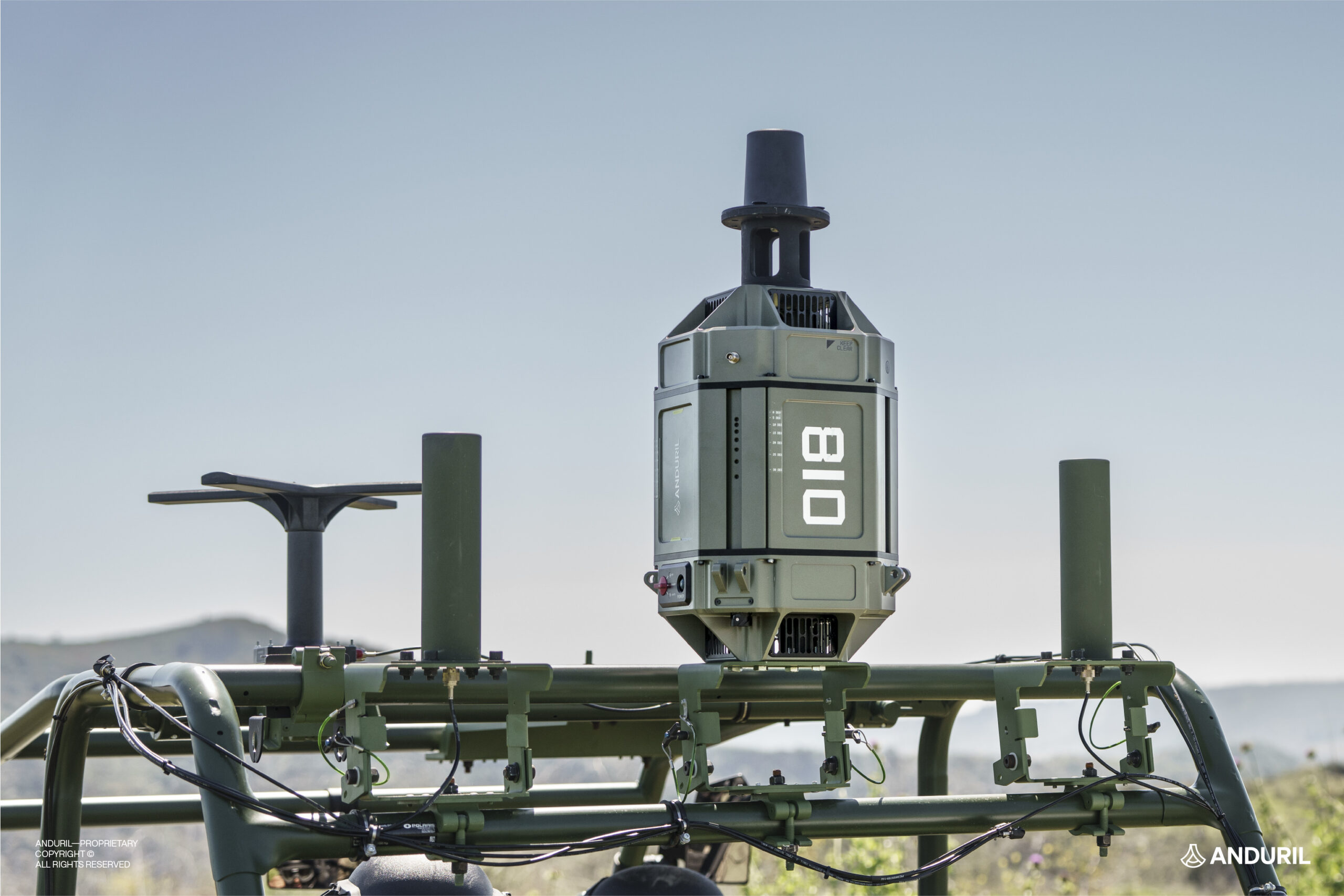
He also emphasized the system is designed for resilience against electronic ‘friendly fire’, with fratricidal own-side jamming accounting for significant drone losses in Ukraine. “A major issue of legacy EW systems is that they have no thought of coexisting with other radio-frequency systems. So we use a lot of digital signal processing to coexist in ‘small’ spaces.”
Moreover, the stationary Pulsar variant has a ‘sectorized’ capability. “The idea behind that is being able to only turn/on off sectors of interest to accomplish the missions. If there’s a threat only in one direction, there’s no point radiating in all directions.”
Both Pulsar’s autonomous AI, computer learning, and signal processing capabilities are enabled by integration of “thousands” of CUDA-core graphics processing units (GPUs). That processing power, Akkad says, allows a forward-deployed Pulsar to perform data processing independently, before distributing its findings around the network. “So when one system sees something new, all other systems are trained to recognize it in the future.”
That networking enables a distributed, cooperative model of electronic warfare with systems training and supporting each other. For example, Akkad said that multiple Pulsar systems working together can more precisely geolocate hostile emitters.
Open software for EW hardware
Akkad also emphasized his team’s embrace of government and commercial open system standards, making Pulsar easy to upgrade. “The [current] model is you have a new threat your existing system can’t meet, you buy another box. That paradigm doesn’t scale, so we instead turned that to ‘build the most capable system, keep that hardware, and implement software solutions.”
Thus Anduril offers a developer’s kit to allow third parties to develop software and capabilities to integrate with Pulsar’s hardware. He cited a real-life case of a company with capability 10 years in the making. “We were able to integrate their software capability going from nothing to fieldable [on Pulsar] in 8 months,” Akkad says.
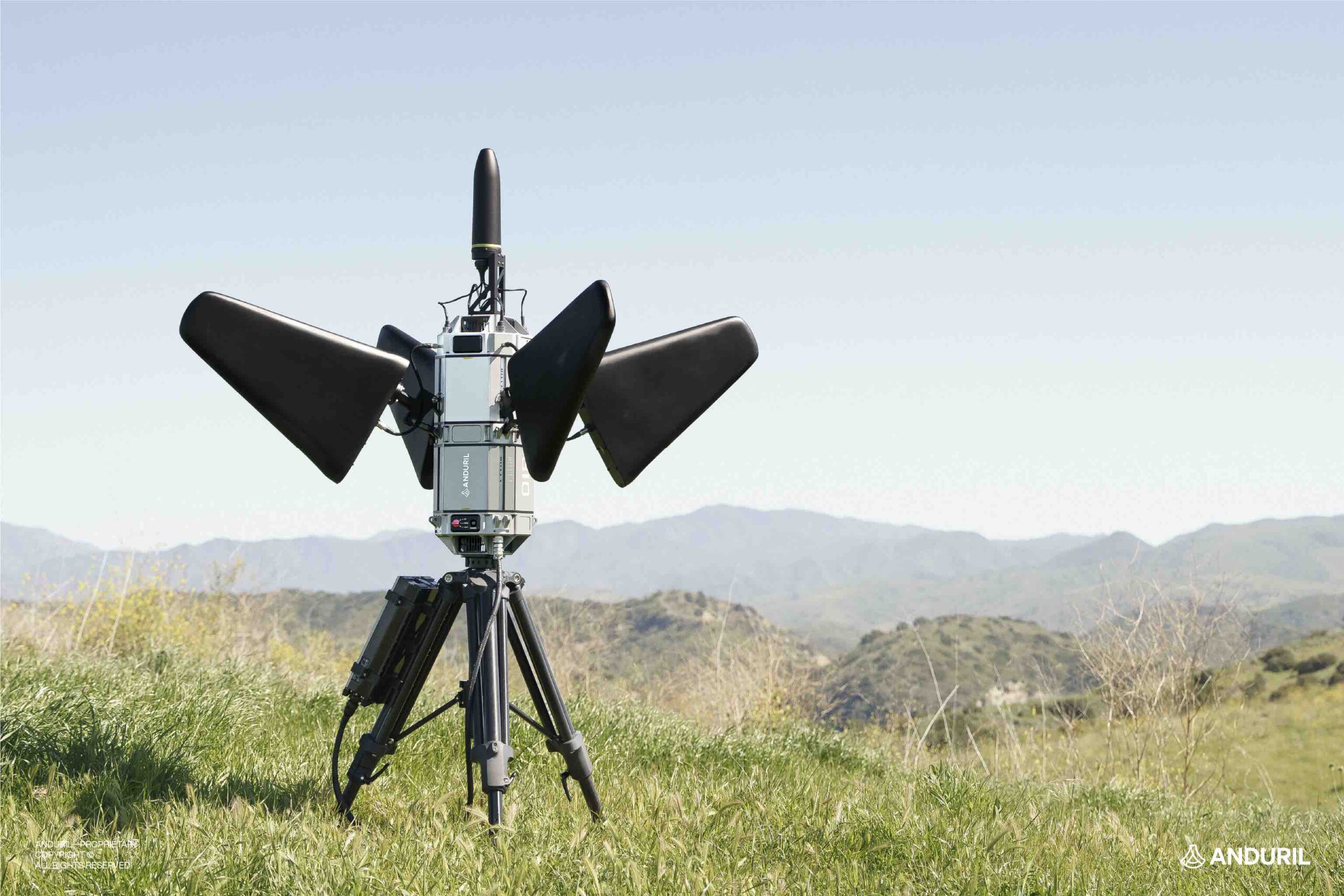
Brose added that third party access was the “…only way to keep pace, move at the speed of relevance for detecting and defeating [evolving threats]. And doing it all over again as the threat inevitably adapts.”
According to Brose, the decision to publicly unveil Pulsar years after it secretly entered operational use stemmed from a realization “…we need to talk more about work we’re doing in this domain” given that the U.S. military “isn’t where it needs to be” regarding preparedness for operations in a high intensity electronic warfare environment like that seen in Ukraine.
He acknowledged that eventually autonomy might reduce drone vulnerability to EW attacks, but argued electronic warfare system would remain a key tool in a multi-layered integrated air defense system incorporating other kinetic and non-kinetic platforms. “There are still a lot of other emissions coming off drones even when not remotely piloted,” he remarked.
Sizing up Pulsar
Anduril wasn’t at liberty to disclose details on Pulsar’s existing clients and number of units already delivered, nor details on antenna wattage and effective range, though Brose explained Pulsar has incorporated varying mission-dependent capabilities, noting some tasks require “10s of meters” and others “hundreds of kilometers.”
Regarding the question of pricing, Brose emphasized that Pulsar would remain effective longer than other EW systems thanks to its easy upgradeability.
While hardware and performance characteristics of Pulsar, and specifics on its operational use, remain in the shadows, Anduril’s sales pitch emphasizing adaptability is timely. At present, electronic warfare between Russia and Ukraine is ubiquitous across the frontline because it’s essential to disabling FPV kamikaze drones and leading satellite-guided munitions astray. Accordingly, both sides’ strategies on the radio-frequency spectrum reportedly change on a weekly basis so as to defeat enemy attacks while allowing friendly assets to do their job. And as part of this deadly cat-and-mouse game, EW operators locate each other’s emitters to direct lethal attacks down range.
It remains to be seen whether Pulsar, which the U.S. government procured ‘off the books’, might make its way to a program of record such as the Army’s sweeping Terrestrial Layer System (TLS) program. But Brose said that wasn’t their initial target, adding that “moving into TLS would be a software upgrade for us more than anything else.” The initial focus, he said, has been on air defense, counter-IED, ECM and platform protection missions.




